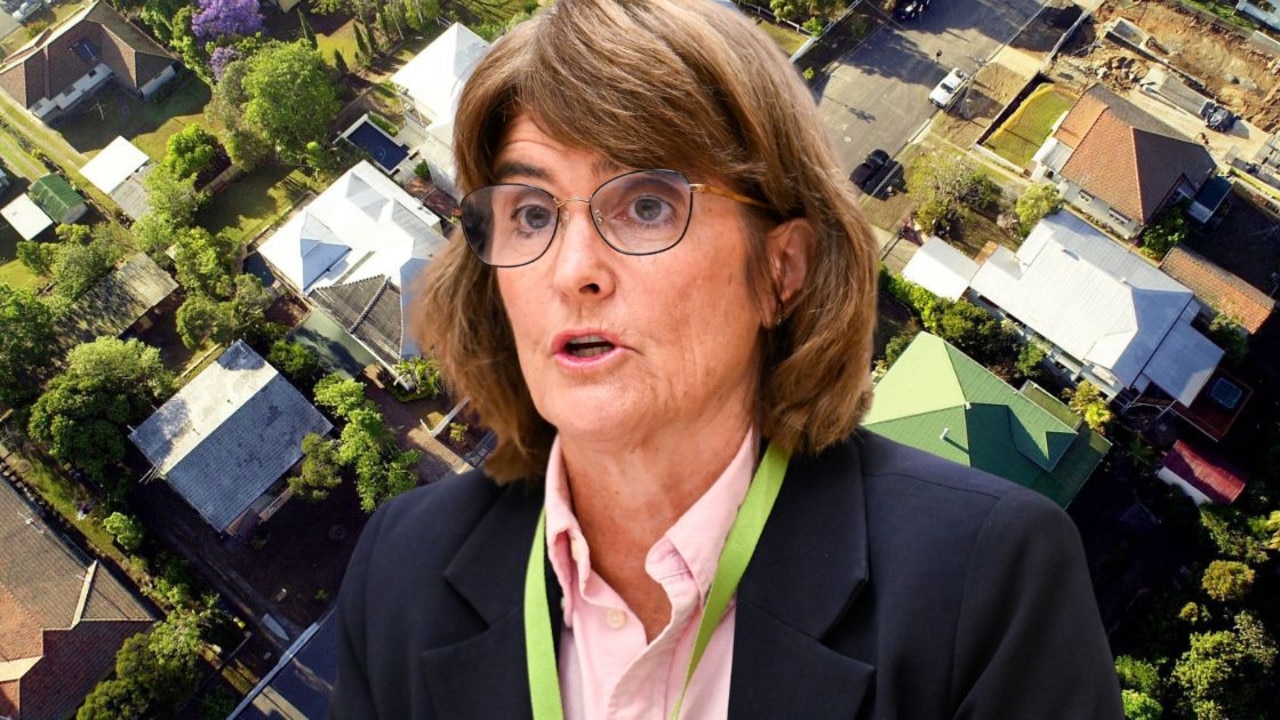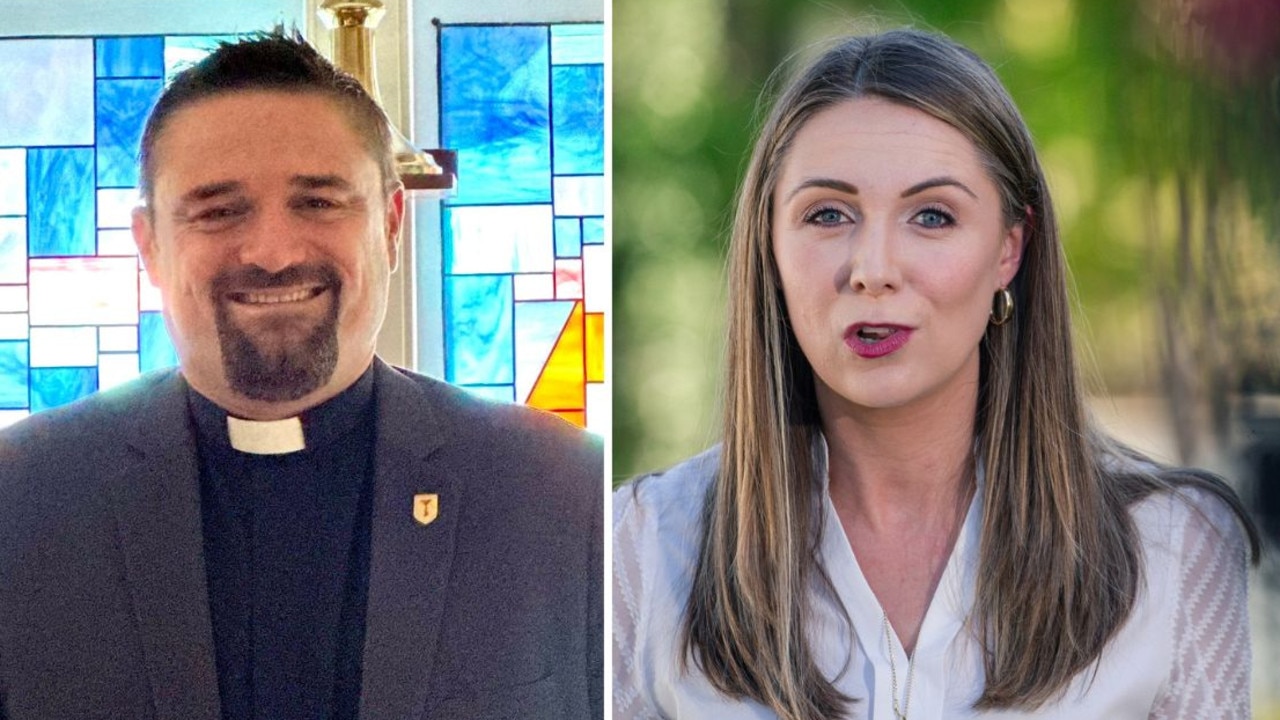Future uncertain as exodus of children from Nauru gains pace
BY CHRISTMAS, all asylum seeker children are expected to be removed from Nauru but it remains unclear whether those who come to Australia — or those already here — will eventually stay.
CM Insight
Don't miss out on the headlines from CM Insight. Followed categories will be added to My News.
BY CHRISTMAS, all asylum seeker children are expected to be removed from Nauru but it remains unclear whether those who come to Australia — or those already here — will eventually stay.
Officially, the government is sticking by its policy that no asylum seekers who arrives by boat will ever be allowed to live in Australia.
But as increasing numbers of children are brought to Australia for medical treatment, that position cannot be guaranteed as legal action is planned by asylum seeker advocates.
What we know is there has been a steady decline in the number of children on the island in recent months.
“Children have been transferred off Nauru. That’s been happening for some time,” Scott Morrison said.
“I haven’t been showboating about it, I haven’t been drawing attention to it.”

No official statistics are released and the government refuses to provide details of medical transfers to Australia to prevent providing an incentive for asylum seekers to self-harm in a bid to be moved.
After recent transfers of children to Australia for medical care, there are now believed to be 38 under-age asylum seekers currently left on the island.
Just three months ago, there were 113 minors living in Australian immigration detention facilities on Nauru.
All up, 244 children are understood to have been moved to Australia over several years including some of the 46 infants born to asylum seekers on the island since the centre was reopened in 2012.
Of those transferred to Australia in recent days, about 13 are currently being treated in hospitals around the country including in Brisbane’s Lady Cilento.
The official line on what happens to them after that is they will be returned to their home countries if their claims are rejected or be sent back to Nauru or another country if they are refugees. Some have already been resettled in the US and a deal with New Zealand is still possible despite debate over whether this will create a backdoor into Australia.

“We’re in the process of doing it in Nauru but we’re doing it in a way that’s not going to restart boats,” Home Affairs Minister Peter Dutton said.
“We’ve been very clear that people are not settling permanently here.”
Although in reality it is not as simple as that.
When children are brought here, they usually have at least one parent or carer with them although asylum seeker advocates say families are often split up as an incentive for them to leave once they are treated.
In some cases, they live in detention centres here — particularly if the parents are deemed to be a security risk or at danger themselves.
But most of them live in the community. Adults can work legally. Children go to school.
Once people are brought to Australia, asylum seeker advocates can launch legal proceedings to keep them here.
Groups like the Human Rights Law Centre are mounting court cases evacuate the remaining children to Australia.
“Today, 38 kids who’ve spent the last five years in desperation remain trapped on Nauru. They are getting sicker by the day,” the centre’s Director of Legal Advocacy, Daniel Webb, said.
“They cannot wait months. They cannot wait hours. They must be evacuated now.”
Mr Webb said the threat of returning traumatised people to Nauru only delayed their recoveries.

Former Human Rights Commission president Gillian Triggs described most of the children as “deeply traumatised and damaged” and said the removal of children should set a precedent to bring adults including the mostly unaccompanied young men left on Manus Island to Australia.
In the meantime, the government is grappling with how to explain this to the public.
It wants to maintain its claim to having stopped the boats. And intelligence agencies have warned any softening of the policy would soon be used by people smugglers as a marketing tool.
But six years after the then Labor government reopened detention centres on Nauru and Manus Island, public opinion appears to be shifting in favour of removing children.
The practice of dumping asylum seekers — many of whom are recognised as refugees — on impoverished Pacific islands is also a stain on Australia’s reputation abroad.
Liberal backbenchers Craig Laundy, Russell Broadbent and Julia Banks have publicly called for children to be brought here. So have crossbenchers who the government now needs to rely on in parliament including the incoming Wentworth MP Kerryn Phelps.
Where this leaves those in limbo in detention in Australia or offshore remains unclear.



